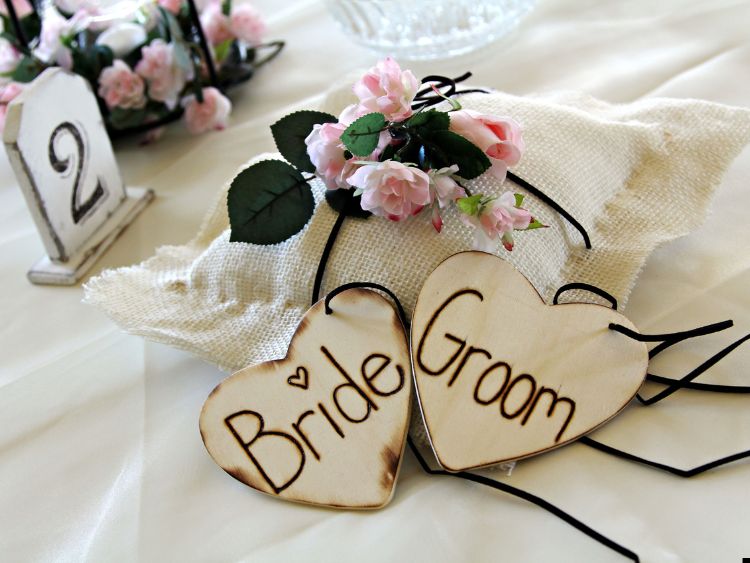Whether you’re suiting up for a wedding, a black-tie event, or an important business meeting, tuxedos and suits play a significant role in men’s fashion. But let’s be real: understanding when to choose a tuxedo versus a suit, how to style them, and knowing the latest trends can be tricky. This guide is here to simplify it all. You’ll discover the differences between tuxedos and suits, learn when to wear each, and get styling tips to help you look sharp and sophisticated.
Tuxedos vs. Suits: What’s the Difference?
Let’s break down the essential features that set tuxedos apart from suits. Knowing these differences can help you make an informed choice.
Key Distinctions Between Tuxedos and Suits
- Lapels: Tuxedos often have satin or silk lapels, whereas suits have lapels in the same fabric as the rest of the jacket.
- Buttons and Trims: Tuxedo buttons are usually covered in satin, while suit buttons match the fabric and have a more subtle finish.
- Shirt and Accessories: Tuxedos traditionally pair with a formal dress shirt, bow tie, and cummerbund, while suits are more versatile, allowing for different shirt and tie combinations.
- Occasions: Tuxedos are best for formal evening events, while suits are suitable for both formal and semi-formal settings, day or night.
When to Wear a Tuxedo and When to Choose a Suit
Here’s a breakdown of the best occasions for each outfit:
- Tuxedo Events: Black-tie events, galas, weddings, and upscale dinners are ideal for tuxedos.
- Suit Occasions: Business meetings, interviews, cocktail parties, and semi-formal weddings call for suits.
Tuxedo and Suit Materials
Choosing the right material is crucial for both comfort and style. Here’s a look at some popular fabric options:
- Wool: Common in both tuxedos and suits, wool is breathable, wrinkle-resistant, and ideal for all seasons.
- Cotton: Light and breathable, but less formal. Cotton suits are great for warmer weather.
- Linen: Perfect for summer events, but it wrinkles easily.
- Velvet: Adds texture and is suitable for winter occasions. Often used in tuxedos for a luxurious look.
How to Style Tuxedos and Suits
Styling a tuxedo or suit requires attention to detail. Here’s how to make sure each element complements the other.
Tuxedo Styling Tips
- Bow Tie vs. Necktie: Stick with a classic black bow tie for formal events. A silk or velvet bow tie adds an extra layer of elegance.
- Shoes: Black patent leather shoes complete the look. Avoid loafers and stick with classic oxfords.
- Cummerbund or Vest: Adding one of these can enhance the sophistication of your tuxedo.
Suit Styling Tips
- Tie Selection: Suits offer flexibility. Choose a classic necktie or a slim tie depending on the occasion. For a modern twist, try a tie in a textured fabric.
- Pocket Square: This simple accessory can elevate your suit. Opt for a color that complements your tie.
- Shoes: Choose black or brown leather shoes, depending on the suit color. Oxfords are timeless, while loafers offer a more relaxed look.
A Guide to Suit Fits
The fit of a suit can make or break the entire look. Here are the main types of suit fits to consider:
- Slim Fit: Tailored closely to the body, providing a sleek, modern look.
- Classic Fit: Offers a bit more room, providing comfort without sacrificing style.
- Modern Fit: Combines elements of both slim and classic fits for a balanced silhouette.
Finding the Perfect Fit
If you’re unsure which fit suits you best, here’s a quick guide:
- Slim Body Type: Go for a slim fit to enhance your frame.
- Athletic Build: A modern fit will complement your shape without feeling restrictive.
- Larger Frame: The classic fit offers comfort and a more relaxed style.
Trends in Tuxedos and Suits
Fashion trends in formalwear have evolved, adding fresh options for both tuxedos and suits.
- Bold Patterns: Checks, stripes, and even floral patterns are gaining popularity in suit styles.
- Color Variations: Traditional black, navy, and gray remain popular, but burgundy, green, and even pastel suits are becoming trendy.
- Velvet and Corduroy: For a unique look, consider a velvet tuxedo or a corduroy suit.
FAQs about Tuxedos and Suits
What’s the difference between a tuxedo and a suit?
Tuxedos feature satin or silk accents and are paired with bow ties, making them more formal than suits. Suits are versatile and don’t have these satin details, making them suitable for a range of events.
Can I wear a tuxedo to a business event?
Generally, no. Tuxedos are best suited for formal occasions, like black-tie events or weddings. A suit is more appropriate for business settings.
How do I know what size tuxedo or suit to buy?
Consider a professional fitting to ensure you get the best fit. Pay attention to the fit around the shoulders, chest, and waist.
Should I rent or buy a tuxedo?
If you’re attending multiple formal events, buying might be more cost-effective. However, renting is a great option if you only need a tuxedo for one or two occasions.
Conclusion: Make the Right Choice with Confidence
Understanding the nuances of tuxedos and suits can make all the difference when dressing for a formal event. Tuxedos offer that elevated touch of elegance, perfect for black-tie occasions, while suits provide versatility, fitting seamlessly into both professional and social settings. With this guide, you’re set to make informed choices and style your outfit confidently, whatever the occasion.







